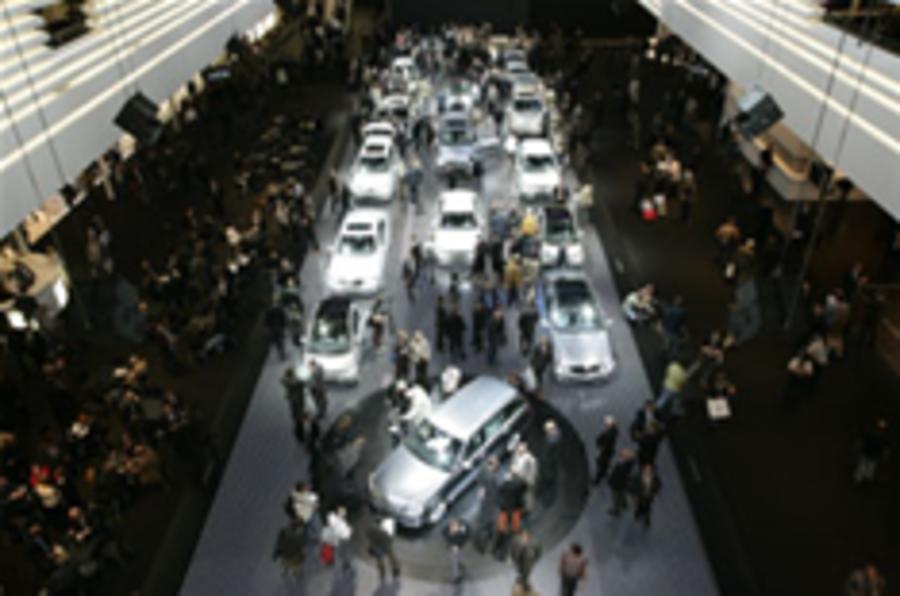This was one of the most exciting and optimistic days for years in the life of the European motor industry. It wasn’t just the fact that car makers rolled out record numbers of new models and concepts on day one that made Frankfurt ’07 so special. It was also the sheer quality and relevance of the exhibits at coping with the two burning issues that challenge all car makers: making cars that people actively desire (nowadays the only true guarantee of sales success) while increasing the depth, capability and affordability of the ‘green’ models that every range now has to contain.
‘Trump Toyota’ seemed to be a persistent theme, even among German and French marques, who up to now have loudly claimed that the Number One manufacturer’s phenomenally successful petrol hybrid cars (spearheaded by the Prius), contained costly and irrelevant technology that could be beaten in the real world by well set-up turbodiesels.
This year, however, well-advanced hybrid concepts were to be found on most major manufacturers’ stands, most prominently inside Mercedes-Benz’s mammoth pavilion, which featured a varied dozen of petrol, turbodiesel and stop-start hybrids. They surrounded the company’s arresting F700 concept, a low-roof, S-class-sized saloon with a huge, elongated cabin but some more mature CLS overtones, powered by a 1.8-litre, four-cylinder ‘DiesOtto’ engine combining the best of petrol and diesel motors to pump out nearly 240bhp while producing only a miserly 126g/km of CO2. Those figures would simply be impossible using today’s technology.
Over at BMW, punters gasped as the wraps came off the firm’s startling X6 4x4 coupé concept, a car for which few of us could imagine a target customer. It was a hybrid, of course, but it had the virtue of introducing a new drive system, dreamed up and pushed through by recently departed technical chief, Burkhard Göschel, which not only splits drive torque variably from front to rear, but also from side to side at the rear, to eliminate the understeer typical of present systems on turn-in on snowy roads.
What was clear at BMW was the growing acceptability of the company’s styling. The X6 looked sleek and balanced, and the new 1-series coupé, also seen in public for the first time, looked so petite, sporty and downright desirable it was difficult to believe it was related to BMW’s banana-shaped entry-level hatchback.
Revolution was the order at Volkwagen, where the wraps came off a fantastic sub-Polo concept called ‘up!’ (sure to ditch that ropey name when it goes into production in 2010). It had a lovely, simple, utilitarian body style disguising a tiny engine (an in-line 600cc twin or a 900cc triple) mounted under the rear seat and driving the rear wheels.
Make no mistake; this is very big stuff for Volkswagen, as pioneering a design as the Golf was in the early 1970s, and the Beetle before that. It has been produced amazingly quickly, too, under the auspices of VW Group’s relatively new leader, Martin Winterkorn, the former Audi leader who only really assumed authority over the main group at the beginning of the year. The target weight of 800kg is only marginally more amazing than the target price of €6000 (£4000).






Add your comment